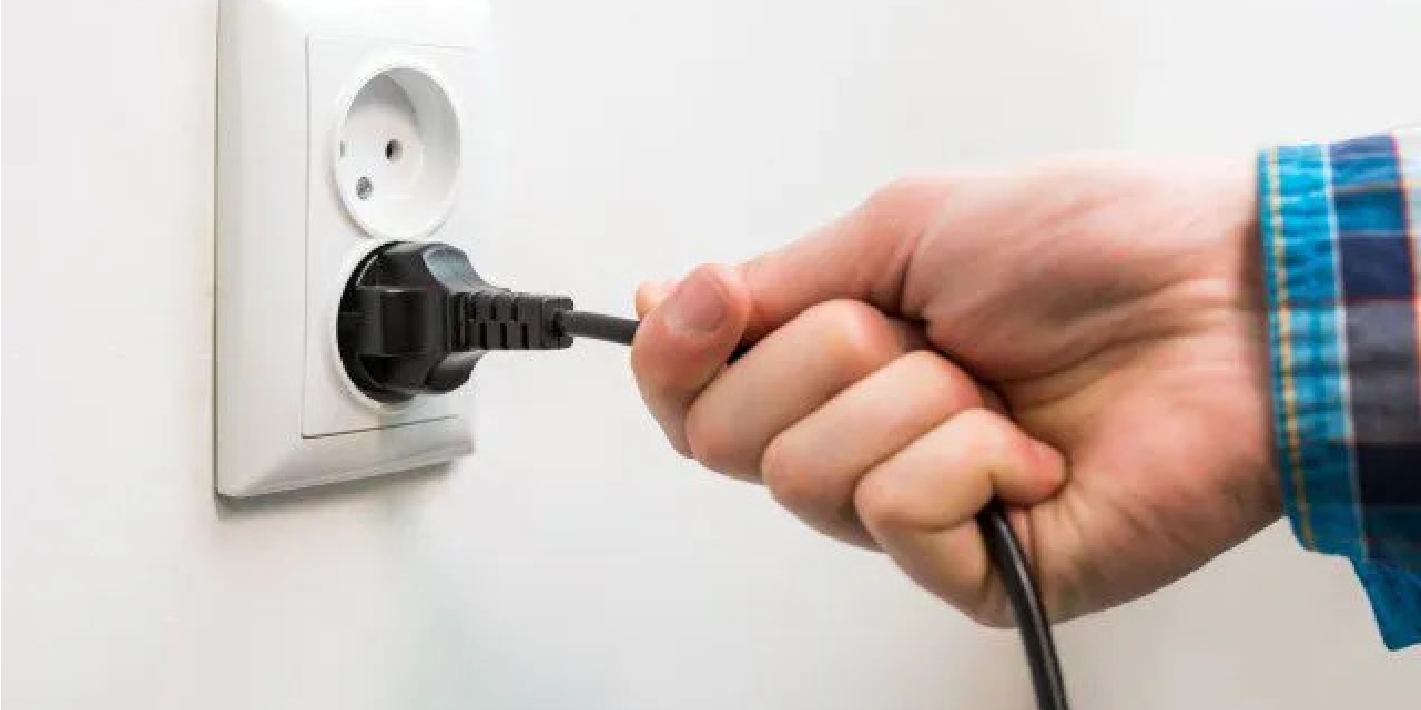The Indian wallet is growing larger. A recent estimate predicts that the per capita income for India will rise to $4,000 by 2030 from the current figure – $1,650.
The consumption habits, as well as the points of consumption, will undergo significant transformation due to 3 major factors i.e. better supply chain infrastructure, ease of doing business under GST and penetration of the internet. Internet penetration will hit a significant milestone in the next 12-18 months when over 50% of Indians will be connected to the internet, primarily through a mobile device.
These mobile internet connections are quickly transforming into consumption nodes through which the Indian wallet gets access to new consumer brands that provide alternatives to the brick and mortar brands that are available offline in Tier 2, 3, 4 towns.
Although the demand for alternative brands has existed for a long time, poor infrastructure and complex inter-state trading laws prevented entrepreneurs from pursuing such ventures. As an early stage investor, I too avoided investing in such ventures as these companies required significant capital expenditure to create the framework to supply goods across the country. Secondly, founders had to generate a ton of illicit funds to pay-off tax & bureaucratic terrorists that always found fault in operations.
GST broke down these barriers and made it easy for start-ups to set up a warehouse in one state and supply their products across India. In addition, the improvement in supply chain infrastructure & connectivity, help in paying off rich dividends for ventures. Therefore, our fund team is actively looking out for consumer brands to invest in, from mattresses to packaged food.
52/2018






